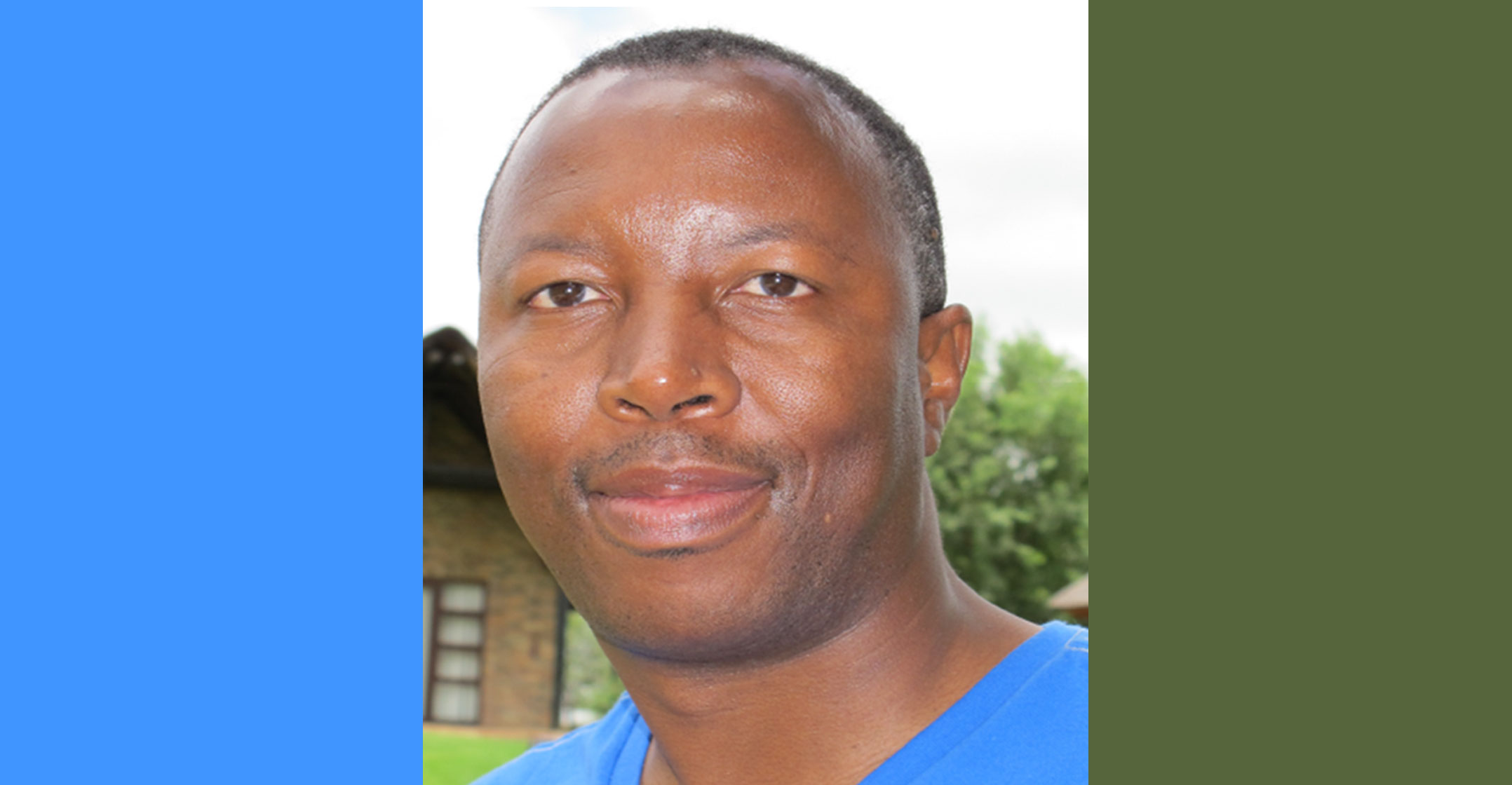
The idea of a wireless open-access network or Woan is the central plank of government’s ICT policy as set out in the Electronic Communications Amendment Bill. But this requires the release of significant amounts of high-demand spectrum, which regulatory and policy failure prevent from happening.
Open-access networks already exist in South Africa, so there is no compelling need for the introduction of an untried and untested Woan model. More importantly, only the big established network operators have pockets deep enough to fund new network development and maintenance. Government’s dream of more and smaller players via the Woan will not drive South Africa’s network infrastructure development forward effectively.
Radio spectrum is the lifeblood of mobile communications. For network operators, particularly mobile providers, spectrum is essential to their very existence. Without it, their extensive investments in network infrastructure mean nothing.
New spectrum allocation is critical in today’s data-hungry environment — but it is a limited and scarce resource that needs to be shared among existing and new players. Currently, spectrum is licensed via the regulator, Icasa, for substantial fees. However, new allocations have been tied up in litigation between the telecommunications minister, Siyabonga Cwele, and Icasa for nearly two years. And this is in addition to the country’s failure to release the digital dividend spectrum below 900MHz through the introduction of the more spectrally efficient digital television broadcasting services.
The high demand for radio spectrum is driven largely by the explosion of mobile services and consumer demand for high-quality multimedia content. The upsurge in the use of data-hungry applications means the ability of mobile networks to deliver content instantaneously and seamlessly is under immense pressure. The demand for spectrum has never been so high.
Without the amendment bill and the Woan, open-access networks already exist in South Africa and internationally across fixed wireline networks, wireless networks and data centres. Although no longer enjoying monopoly status, Telkom still acts as an open-access network providing network links on a wholesale basis to all mobile network operators through its subsidiary Openserve.
When exclusivity regulations were relaxed, there was a phenomenal explosion of investment growth and consolidation in the development of carrier-neutral open-access optical fibre networks such as Dark Fibre Africa, Link Africa , Seacom, Liquid Telecom (including the Neotel acquisition), Metrofibre Networx, FibreCo, Vumatel and Broadband Infraco. Many of these network operators provide carrier-neutral and open-access network infrastructure services. While business models may differ slightly, these represent open-access optical networks.
Metros
Also, the big metropolitan municipalities in Cape Town, Johannesburg, Pretoria, Durban and the East Rand have introduced broadband services over optic fibre and wireless networks, albeit with varying degrees of success. The provincial networks in the Western Cape, Gauteng and Limpopo have implemented similar network developments and provided access to schools, hospitals and government facilities.
Neutral Internet exchange points has been developed by the likes of Teraco, the South African Internet Exchange (owned by Telkom), Internet Solutions and, more recently, Liquid Telecom, through its data centres. All these are carrier-neutral and open-access data centres for data interchange between various service providers.
Regulations in South Africa do not permit spectrum sharing and spectrum trading. However, in the past two years, entrepreneurs have transformed poorly performing assets such as Wireless Business Solutions (WBS). Newcomer Rain has succeeded in implementing a wireless open-access network without the explicit intervention of government. To date, Rain has signed lucrative wholesale deals with Vodacom and Internet Solutions, while continuing to support its own high-speed broadband wireless network portfolio of services.

A simplified version of Woan can be found in the Cell C model of providing access to mobile virtual network operators, through which the likes of FNB Connect and Virgin Mobile access its network infrastructure to deliver mobile broadband services.
All network operators have invested heavily in the development of their respective networks, which require substantial capital resources. While the South African government may be able to license a state-owned and/or empowerment Woan operator, capital and access to capital remain a key ingredient to ensuring sustainability of such operations. In the past, the failure of WBS to invest resulted in a huge spectrum licence debt to Icasa.
Sentech, which had access to similar high-demand 2.6GHz spectrum decided to surrender spectrum back to Icasa after battling to build a sustainable wireless network and also due to an inability to finance the cost of holding on to this spectrum without a solid business case.
The anticipated release of additional radio spectrum through the implementation of digital television has still not been implemented. South Africa’s policy and regulatory framework implementation process has failed to unlock the desired 800MHz (790-862MHz) and 700MHz (694-790MHz) spectrum bands (digital dividends 1 and 2, respectively), which are currently occupied by analogue terrestrial broadcasting services. Digital TV would have allowed for the release of these spectrum assets.
Litigation between the regulator, the telecoms minister and related mobile network operators on the auction release mechanism of the high-demand 800MHz and 2.6GHz radio spectrum during 2016 has compounded the problem.
In the absence of the digital dividend spectrum, wireless networks have no choice but to scramble for every available spectrum asset in their arsenal, including the re-assignment of existing 2G and 3G spectrum assets to enable the implementation of LTE wireless networking.
Intervention by the government may be motivated by a noble desire to improve universal wireless network access and to achieve more affordable broadband pricing models. However, governments do not have a great record of running successful network operations and lack the capital resources to implement an affordable open-access national network. Smaller and fragmented network operators do not have the necessary financial muscle to roll out a highly capital-intensive national Woan infrastructure build. Only the established networks and private capital can handle the network investment required to run a sustainable Woan operation in South Africa.
Interventions, such as making contributions towards the Universal Service and Access Fund, remain a necessary tool to encourage and fund network expansion to underserviced and rural areas provided such funds are managed efficiently.
Once the constraints to access radio spectrum are addressed, there will be sufficient spectrum resources at 700MHz, 800MHz, 900MHz, 1.8GHz, 2.1GHz and 2.6GHz to support network demand for no less than four full-service national network operators in South Africa.
- Thabo Mofokeng is MD of Solario Technologies and vice president of the Information Technology Association

